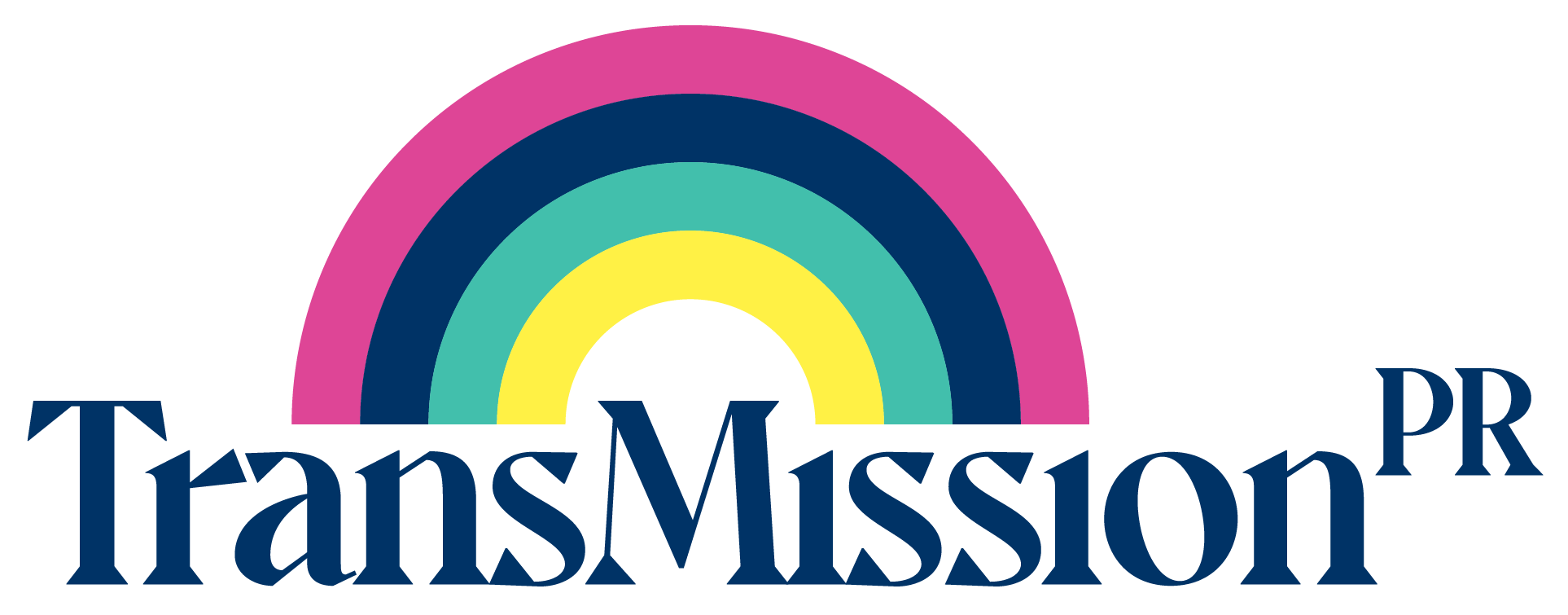
10 Jan The Importance of Using Inclusive Language in a Healthcare Setting
By Errol Seymour.
From toothache, to the flu, to more serious illness – all of us, at some point in our lives, need to see a medical professional. But for LGBTQ+ people, even routine trips to the doctor can be a daunting experience, and in extreme cases, widespread discrimination can lead to them missing out on regular healthcare altogether.
Improving the healthcare experience of LGBTQ+ people starts with one simple step: adjusting the language you use. Exclusive language, such as misgendering a patient or assuming their sexuality, can be an immediate red flag; inclusive language, on the other hand, is a green light, signalling that you’re someone your patients can trust.
Breaking Down the Barrier of Fear
Transgender patients are especially likely to benefit from inclusive language. According to Stonewall, some 2 in 5 transgender people have said that healthcare staff lacked understanding of specific trans health needs, and 7% said they were unable to access healthcare at all. In this hostile environment, it’s no wonder that a quarter of all transgender people forgo regular healthcare in order to avoid discrimination.
Inclusive language is one way to break down this barrier of fear. Even something simple, like using your patient’s correct name and pronouns, can build trust, and prompt them to give you the full picture about their health.
This goes beyond helping your patients feel comfortable – when you’re fully informed about their transgender status, you’ll be able to consider new factors in their diagnosis, and identify risks that could jeopardise their health in future.
Avoiding Missed Opportunities
Using inclusive language also makes you less likely to miss vital opportunities when asking diagnostic questions.
This starts as soon as your patient registers with your practice. For example, if your forms include a checkbox for ‘sex’ but not ‘gender’, and if that box doesn’t include the option to self-describe, then you’ve already missed an opportunity to learn vital facts about that patient’s medical history.
Another missed opportunity hotspot is in online communications. Watch out for heavily-gendered language in the guidance you give to your readers. For example, a webpage might read ‘cervical screening is available to all women over 25’. This excludes trans and nonbinary people with cervixes, and erroneously includes trans women without, sowing confusion and distrust before your patients even think about booking an appointment.
These missed opportunities can contribute to the overall problem of poor health outcomes for transgender, nonbinary, and intersex people. The solution is simple: use specific, inclusive language to determine a patient’s individual medical needs and improve their health outcomes across the board.
Talk to us about how we can support you to make the language you use more inclusive.
Supporting LGBTQ+ Staff
Creating a welcoming space for your patients is one thing – but what about the people you work with? Statistically speaking, you probably already work with an LGBTQ+ person, and these same stats indicate that they too could benefit from more inclusive language.
A quarter of healthcare staff have witnessed their colleagues making negative comments and using discriminatory language about LGBTQ+ patients. Another quarter of LGBTQ+ staff say they’ve experienced bullying and poor treatment from colleagues as a result of their orientation.
Normalising inclusive language in your practice could help your LGBTQ+ colleagues feel safer at work, encourage them to use their own experience to educate other staff members, and make them less likely to experience burnout – all positive outcomes for you and your patients.
What Does Inclusive Language Look Like?
So, what does inclusive language look like, and how can you put it into practice?
At its core, inclusive language is about not making assumptions. At any moment, your patient should be able to picture themselves in the examples you’re using and the questions you’re asking. Instead of asking your patient whether they’re a ‘postpartum woman’, for example, you can simply ask if they’re ‘postpartum’.
Inclusive language, in the context of a transgender individual, also includes taking special care to remember your patient’s name and pronouns. If you’re not sure, just ask! Most people won’t be offended by a politely-phrased question. You could try: “What are your pronouns?”, or “Can I check that I have the right name on your records?”
You could also try introducing yourself using your own pronouns. You could even supply staff with pronoun badges, to make things even easier.
Avoid using outdated language. Words and phrases that were acceptable even 20 years ago are considered obsolete, and even offensive, today. For example, the terms ‘hermaphrodite’ and ‘transsexual’, once common, are now outdated and betray a lack of up-to-date knowledge, which could make your patient see you as less reliable. Instead, use ‘intersex’ or ‘transgender’, as appropriate.
Ultimately, the most important thing is to educate yourself about the specific issues faced by transgender people, and apply that knowledge to the way you speak and act. You don’t have to memorise a long list of ‘good’ and ‘bad’ words (although there are plenty of glossaries available, like this one from GLAAD.org if you are interested!) – you just need to reflect on the language you’re using and question how you can make it more welcoming.
Here’s some good news – studies have shown that the use of inclusive language positively impacts all aspects of transgender people’s lives and reduces instances of discrimination. By using inclusive language in your practice, you’re helping normalise it for everyone around you – and that can only be a good thing.
For more information about transgender health, inclusive language, and other topics, check out the other articles in our blog!
Errol Seymour is a professional copywriter who’s proud to use her skills to advocate for a more inclusive world.
- In 2022, authentic, inclusive content is key: here’s how to get it right - February 7, 2022
- Why your brand needs to stand up for Diversity and Inclusion - January 17, 2022
- The Importance of Using Inclusive Language in a Healthcare Setting - January 10, 2022


